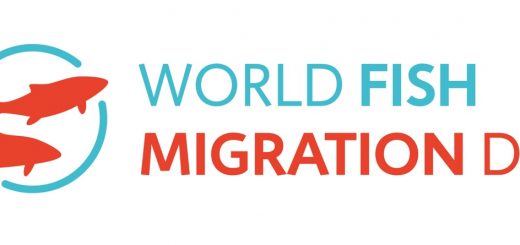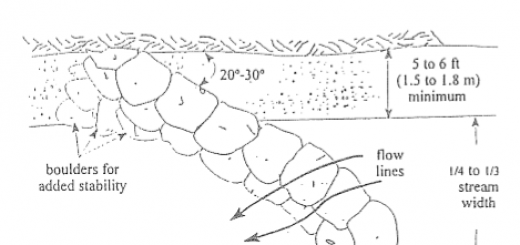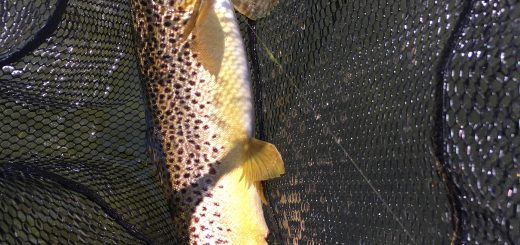A Major Breakthrough for Coral Reefs
Coral reefs are habitats that are equally important to fish and people. Reefs support more fish species per unit area than any other marine environment. There are more than 4,000 known species of reef fish and 800 species of hard corals, although scientists estimate that there may be another 1 to 8 million undiscovered organisms living in and around reefs. Coral reef biodiversity aids in the development of cancer treatments, bacterial infections, viruses and other diseases. They also provide immense economical and environmental services to millions of people. Annually, goods and services from coral reefs are valued at more than $375 billion (NOAA, 2020).
Unfortunately, current news about coral reefs is rarely positive. Catastrophic bleaching events, ocean acidification, rising sea levels, and other man-made calamities threaten some of the world’s most precious and important ocean habitat.
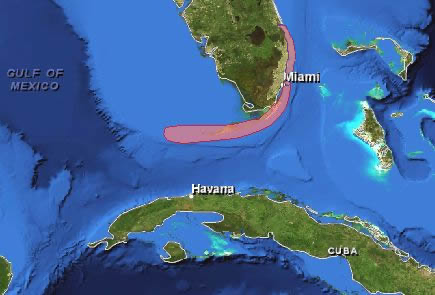
However, scientists led by Keri O’Neil from the Florida Aquarium in Tampa recently made a breakthrough that could help save America’s Great Barrier Reef, the third largest coral reef in the world (Elassar, 2020). Commonly referred to as the Florida Reef, this shallow coral reef spans for over 300 miles from St. Lucie Inlet to the Dry Tortugas in the Gulf of Mexico. It is estimated that the reef and its associated activities generate $3.4 billion annually in sales and income, and support 36,000 jobs in the region each year (USDOC/NOAA, 2020). Apart from accessibility and water depth, the primary difference between shallow and deep water reefs is that shallow reefs have more extensive biodiversity. Additionally, shallow corals tend to be hermaphroditic (both sexes) whereas deep corals are single sex and do not rely on sunlight for growth (Ocean Portal Team, 2018).
For the first time in history, scientists successfully reproduced ridged cactus coral (Mycetophyllia lamarckiana) in human care. Ridged cactus coral, while not endangered, are a relatively uncommon coral despite being native to Caribbean reefs. The team was able to replicate conditions to induce spawning of the species after an initial event was recorded somewhat by accident in August of 2019. The species was initially rescued from Florida waters by the Florida Fish and Wildlife Conservation commission after reefs suffered major disease outbreak in 2014 (Elassar, 2020). While disease outbreaks are somewhat common, this outbreak of Stony Coral Tissue Loss disease was unique because many species of coral were killed over a huge geographic area for an extended period of time (USDOC/NOAA, 2020). Scientists hope to continue breeding the coral colonies in the hope that the reefs can be restored after the disease is gone.
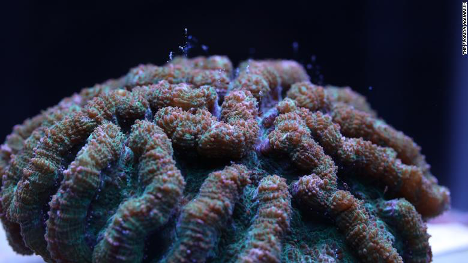
The breakthrough is particularly exciting because it has allowed scientists to gain valuable information about the coral’s reproduction strategy, for which very little has been previously known. Ridged cactus coral are not a common aquarium coral, so scientists know very little about when, why, and for how long they reproduce. Specifically, they learned that this species utilizes a brooding strategy where the eggs are internally fertilized. The parent coral later “spits out” the baby coral that swims until it anchors itself permanently to a new host reef (Elassar, 2020). Other corals may use broadcast spawning or reproduce asexually.
This research is part of Project Coral, which is a program intended to spawn coral with the goal of repopulating the world’s coral reefs. Project Coral is a multi-organizational partnership that uses advanced LED technology and computer control systems to mimic the natural environment of the coral in order to signal them to reproduce (Elassar, 2020).
It will take much more than just this instance of spawning to save the world’s coral reefs. However, the ability to reproduce and grow corals outside of their native in environments is a critical piece of the solution and fight against the damaging changes occurring in our oceans.
References
Elassar, A. (2020, April 23). The Florida Aquarium just made a breakthrough that will help save the third largest coral reef in the world. Retrieved May 22, 2020, from https://www.cnn.com/2020/04/22/us/florida-aquarium-first-reproduce-ridhed-cactus-coral-trnd/index.html
US Department of Commerce, & National Oceanic and Atmospheric Administration. (2020, April 22). NOAA CoRIS – Regional Portal – Florida. Retrieved May 22, 2020, from https://www.coris.noaa.gov/portals/florida.html
NOAA. (2020, April 9). Corals. Retrieved May 22, 2020, from https://oceanservice.noaa.gov/education/kits/corals/coral07_importance.html
Ocean Portal Team. (2018, December 18). Deep-sea Corals. Retrieved May 22, 2020, from https://ocean.si.edu/ecosystems/coral-reefs/deep-sea-corals

